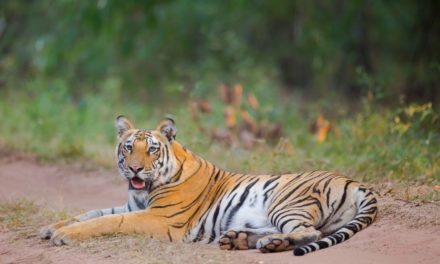
Mystical Floating Islands of Loktak Lake

Loktak Lake, the largest fresh water lake in Northeast India known as the only floating lake in the world. You can even live on these floating islands.
The Northeast of India is a region full of wonderful
destinations: mysterious forests, pristine lakes and peaceful monasteries. One of the most important of these destinations is the Loktak Lake, a sparkling
diamond among the pearls. Located in the state of
Manipur, Loktak Lake is the largest freshwater lake in northeast India, also called the only Floating lake in
the world due to the large amount of floating
phumdis on its surface. Phumdis are heterogeneous
mass of vegetation, soil, and organic matters at
various stages of decomposition that has been
thickened into a solid form. They cover a
substantial part of the lake area. The largest
single mass of phumdi is in the south-eastern part
of the lake, covering an area of 40 square kilometer. This mass constitutes the worlds largest and the only floating park, named Keibul Lamjao National Park, that is home to the endangered Brow-antlered Deer also called Sangai in the Manipuri language, indigenous to this area.
People of Manipur are culturally, socially and
economically linked with Loktak Lake and hence
the lake has been referred to as the lifeline of Manipur. A part of the Lake also hosts the Keibul Lamjao National Park, which is the last natural habitat of the endangered Sangai or the Manipur brow antlered deer (Rucervus eldi eldi). The most characteristic feature of the Loktak Lake is the presence of floating islands, which actually float in the lake! Phumdis, as these floating islands are locally called, they are many in number and variable in size.
These floating islands are actually heterogeneous mass of soil, vegetation and organic matter at various stages of decomposition. They float on lake water with about one-fifth of thickness above and four-fifth under the water surface. The core of phumdis is composed of detritus which is black in colour and is highly spongy. The fishermen communities (Ngameese), who depend on the Loktak Lake for livelihood, actually live on these floating islands — in floating huts called Phumsang. These Phumdis support large congregation of
migratory, pelagic and resident fishes which use these floating islands as potential breeding grounds. In fact, the above mentioned Keibul Lamjao National Park is also located on one of the largest floating islands in the Loktak Lake. In doing so, it becomes the world’s only floating island National Park!
Source: unexploredasia




































